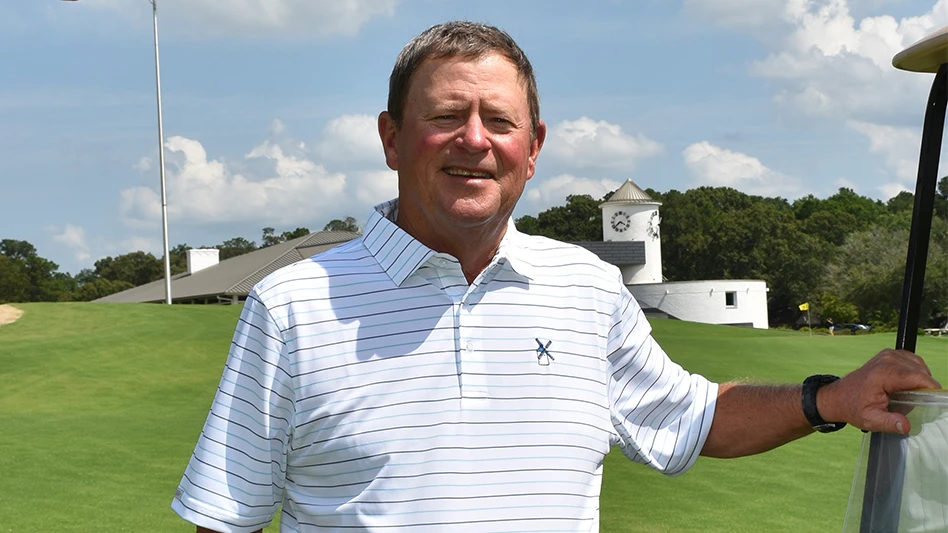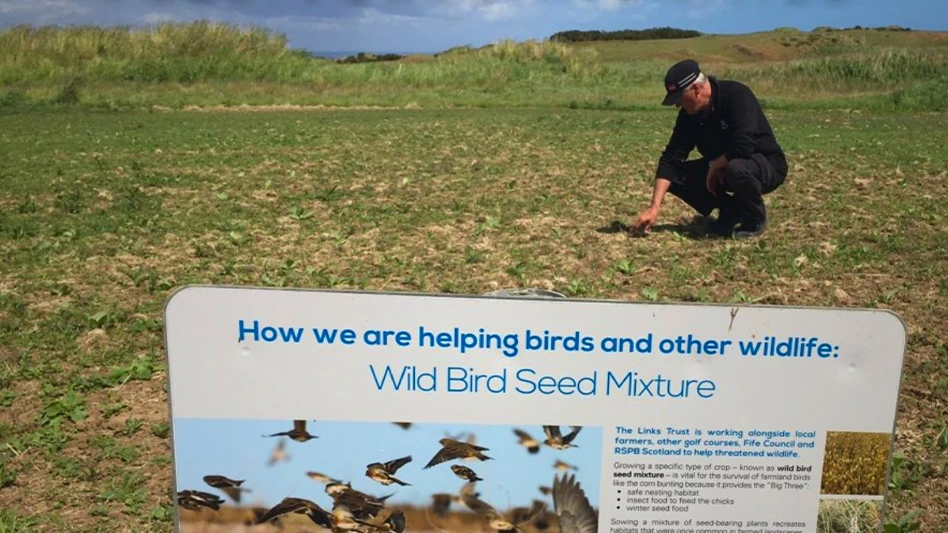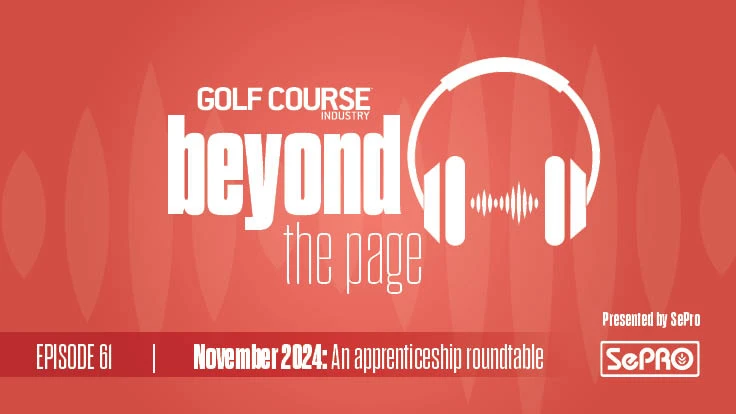|
|
When you think about irrigating a golf course, the type of irrigation system is many times characterized by fairway row spacing – single row, double row, triple row and multiple row. It is assumed that the more rows, the more coverage, the higher the cost and the more sophisticated the irrigation system. Although some of these generalizations may still apply, characterizing the irrigation system by the number of fairway rows is no longer an accurate description of the total system. For many years single-row systems were the norm, but due to poor efficiency and uniformity they are pretty much obsolete. After single row, there was double row which made the fairway watering more consistent, and then triple row which covered more of the rough. As the number of rows increased, the sprinklers spacing generally became smaller, the flow per sprinkler less and, in some cases, the sprinkler operating pressure dropped. For example, a single-row system may have had a 90-foot sprinkler spacing with a 91-foot throw at 100 psi using 56 gallons per minute. Changing to double row, the spacing drops to 75 feet, pressure to 80 psi and flow to around 33 gpm per sprinkler. Triple rows commonly have spacings of 65 feet, operating pressure as low as 60-65 psi and 22-gpm flows. Costs increase as there are more sprinklers, pipe, swing joints wire and controllers. There is also increased coverage both in terms of total irrigation coverage and effective irrigation coverage. Referring to Table 1 you can see that as the rows go up so does the overall and effective coverage even though the spacing is getting smaller. The table assumes the sprinkler throw is the same as the spacing and effective coverage is 60 percent of the sprinklers. Any sprinkler has 60 percent effective coverage, which you may remember from being taught in irrigation class or a seminar.
Wall-to-wall is pretty simple. The irrigation system is covering everything from property line to property line. If it's planted, it's irrigated. I guess "property line to property line" is too much of a mouth full. Five-row would lead you to believe there are five rows of sprinklers as opposed to one, two or three, but in reality there are only three. A five-row system is actually used to describe a system that has separate ins and outs at or close to the fairway cut so the fairway and rough can be irrigated separately. There are five sprinklers in a row, but they are not spaced the same distance apart. The other interesting fact is that a five-row system typically has less total and effective coverage area than a three-row system even though there are more sprinklers. Intuitively, it doesn't make a lot of sense. These days you are also see more customized sprinkler layout. Systems may be fairways-only which is sort of a triple row, but might be a double row or more a combination of both. On a links-style course, you might have a system that is natural or fescue areas and the rows can be two, three, four or more. Additionally, with these systems, the layout may vary from hole to hole. One hole could be several rows of sprinklers, while another only two rows or a hole will have different numbers of sprinklers across it as it plays tee to green depending on width. As a superintendent, manager or owner it is important to understand the traditional ways of talking about the scope of irrigation systems coverage has changed. More definition and understanding of exactly what you want is needed. Make sure your irrigation designer is listening and understands and comprehends what type of coverage you want for your golf course. Rarely anymore does one size fit all, and with today's sprinkler and control equipment there is really no limit to how you can have your irrigation system laid out, both for the whole course and for each individual hole. |

Explore the September 2011 Issue
Check out more from this issue and find your next story to read.
Latest from Golf Course Industry
- Making the grade — at or near grade
- PBI-Gordon receives local business honor
- Florida's Windsor takes environmental step
- GCSAA names Grassroots Ambassador Leadership Award winners
- Turf & Soil Diagnostics promotes Duane Otto to president
- Reel Turf Techs: Ben Herberger
- Brian Costello elected ASGCA president
- The Aquatrols Company story
.jpg)
.jpg)





